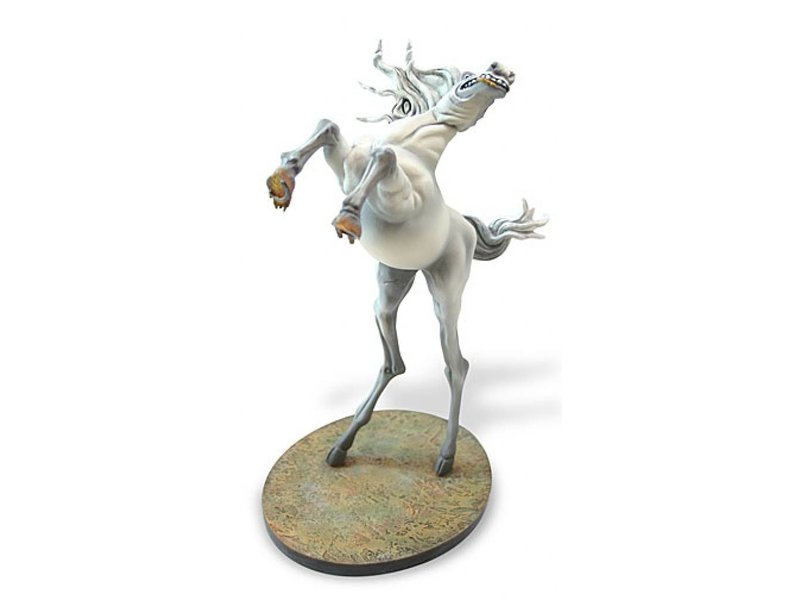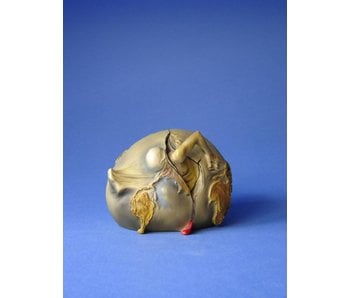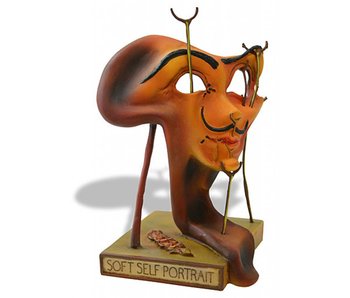Salvador Dali White horse from The temptation of Saint Anthony (1946) - Salvador Dali
White horse - The temptation - Dali
White rearing horse on long legs, walking away from the painting of the Temptation of Saint Anthony (1946) by Salvador Dali. The horse has hand-painted details in matt and glossy finish.
This replica comes from the 3D collection of Parastone Mouseion and is a coveted collector's item of high quality. It is made of collector's quality synthetic resin. This replica has collector's value.
- Size: length: 19,5 cm
- Material: collector's quality synthetic resin
- Packed in a gift box with two full colour cards about the artwork and the artist with a picture of the original artwork and a card with the description of the artist and the artwork. Both cards are in four languages.
Additional information
Horse From The Temptation Of Saint Anthony (1946) by Salvador Dali. After the Second World War, Dali converted, by his own account, to mysticism. The beginning of the Atomic Era strongly influenced his thinking and led to a strong spiritual foundation for his paintings which he made with a great appreciation for the classic art of painting. The temptation of Saint Anthony originated from an entry for a film poster competition. It shows Dali's nuclear mysticism in all its fierceness. A naked Antonius wards off an frightening mounting horse with a sword, which, standing on legs as thin as gossamer, defies the laws of gravity. The Saint tries not to be seduced by the earthly temptations, symbolized by the horse as a symbol of power, followed by almost floating elephants which carry on their backs symbols of lust and greed. Here Dali dovetails with a classical painter's theme, which before was used by the painters Bosch and Breugel, Dali's surrealistic predecessors. Dali, though, let the frightful temptations act in an alienating world between heaven and earth. However, this "levitation" will later reappear frequently as a theme in his work.














